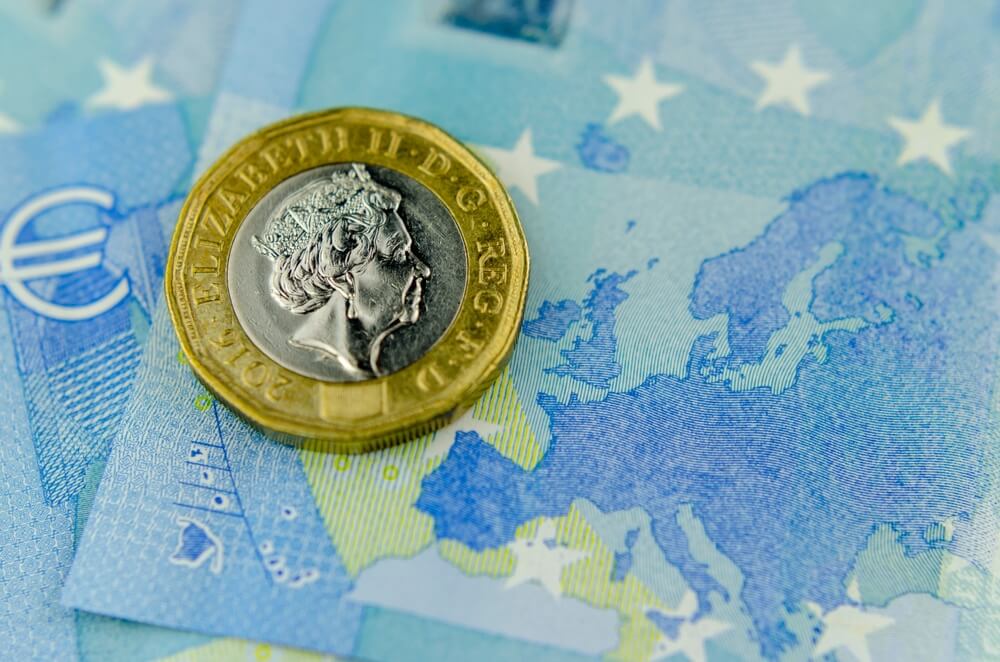
EURUSD and GBPUSD continued pullback
EURUSD chart analysis
During the Asian session, the euro continued to weaken against the dollar. The EURUSD pair is still retreating, looking for new potential support on the chart. The dollar index continues its recovery after last week’s pullback. The dollar’s value fell to 94,620 last week, then found support at that level, and the dollar is making an immediate recovery to the current 95,375. If we wait for the dollar to start weakening, we need to wait to see how the dollar index will behave in the zone 95.80-96.00. And then look for a chance, if the dollar starts to weaken, to buy a EURUSD pair.
Bullish scenario:
- We need a new positive consolidation that would reorient the pair towards higher levels on the chart.
- We have support in MA20 and MA50 moving averages in the zone 1.13000-1.13500, and as long as we are above them, we remain in the bullish trend.
- Our first next resistance is the zone at 1.15000, the place of the previous break of the pair under bearish pressure.
- If the pair manages to make the break above, our next resistance zone is around 1.17000, and we were there for the last time in October last year.
Bearish scenario:
- We need a continuation of the current bearish consolidation and a pullback of EURUSD below 1.13750.
- After that, we enter the previous lower consolidation in which we were in December last year.
- Critical levels in that zone are first 1.13000, then 1.12000 December lower low.
- If bearish pressure continues in that zone, then there is a high probability that EURUSD will fall below and form new lows this year.
GBPUSD chart analysis
During the Asian session, the British pound consolidated after withdrawing against the dollar yesterday. It was announced this morning that the unemployment rate in the UK dropped from 4.2% to 4.1%, which supported the pound. On the other hand, it strengthens the belief that the US Federal Reserve could raise the reference interest rate faster and more aggressively, giving impetus to the US currency and growing yields on US bonds. The pound is now exchanged for 1.36320 dollars, representing a strengthening of the British currency by 0.08% since the beginning of trading tonight.
Bullish scenario:
- We need a new positive consolidation at the current 1.36000 to make a new turn towards 1.37000.
- At 1.37300, we come across the MA200 moving average, and we need a break above to climb to 1.38000.
- With a further bullish impulse, our next target is 1.39000, high from September.
Bearish scenario:
- We need the continuation of this negative consolidation and the fall of GBPUSD below 1.36000.
- In the zone around 1.35000, we find potential support in the MA20 moving average.
- If it doesn’t last, we continue towards 1.34000, where the MA50 moving average awaits us.
- If the bearish pressure on that level increases, we continue further towards zone 1.32000, last year’s minimum.
Market overview
British news
The unemployment rate in Great Britain was reduced by three months until November, the Office for National Statistics data showed on Tuesday.
The unemployment rate fell to 4.1 percent in the three months to November. The rate is projected to remain unchanged at 4.2 percent.
From October to December, the number of vacancies rose to a new record of 1,247,000.
Japanese news
The Bank of Japan kept monetary stimulus unchanged, as expected, and raised its inflation projection for the next fiscal year, citing rising commodity prices.
The policy committee, chaired by Haruhiko Kuroda, voted 8-1 on Tuesday to keep the interest rate at -0.1 percent on current accounts held by financial institutions with the central bank.
The bank will continue to buy the required amount of Japanese government bonds without setting a ceiling so that the ten-year JGB yields will remain at around zero percent.
The central bank forecast that consumer prices will remain unchanged in the current fiscal year, unchanged from the October report.
However, the bank raised its inflation projection for fiscal 2022 to 1.1 percent from 0.9 percent, mainly reflecting the growth of commodity prices and the transfer of that growth to consumer prices.
For fiscal 2023, inflation is considered at 1.1 percent, which is slightly higher than the previous forecast of 1 percent.




